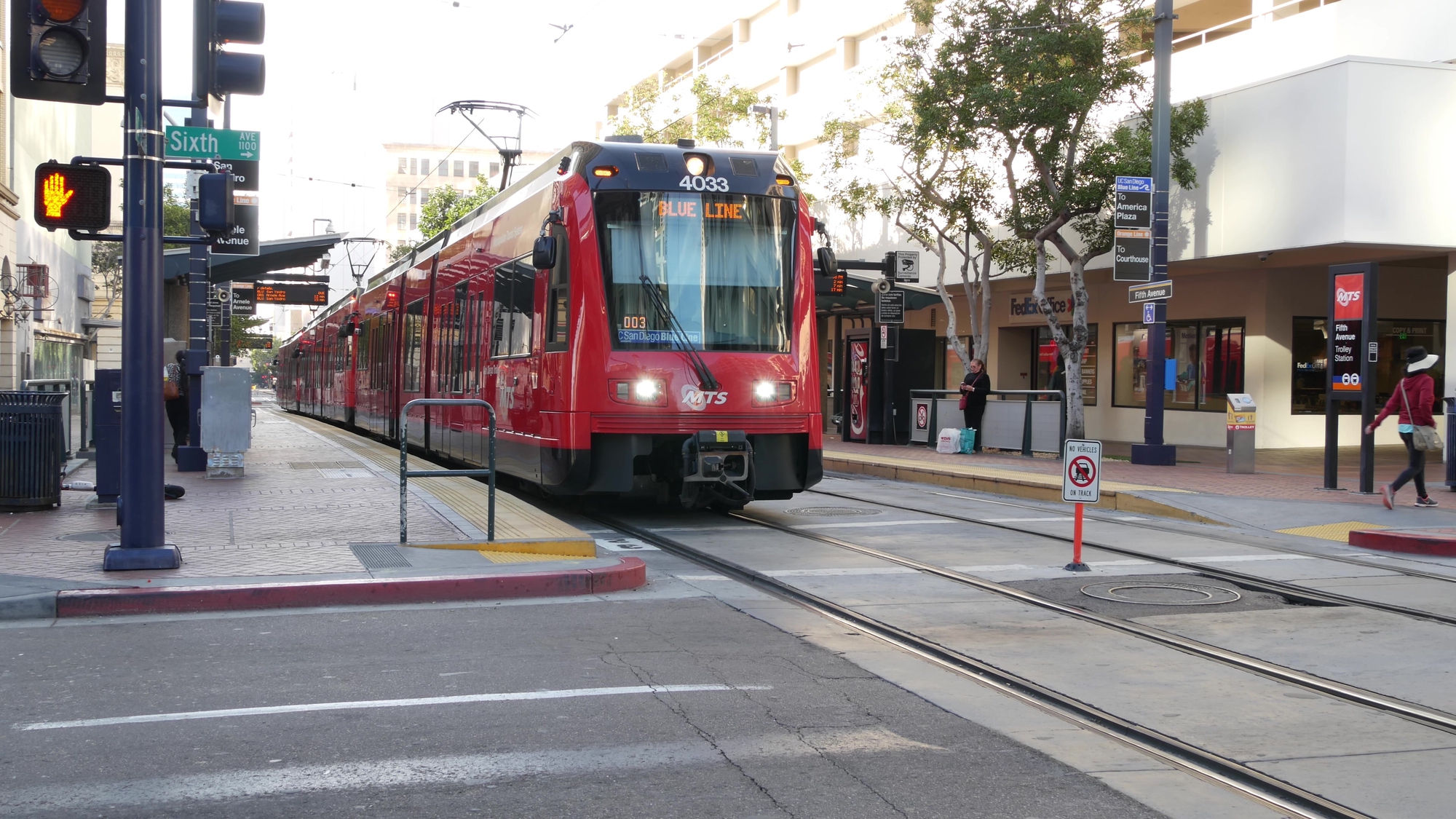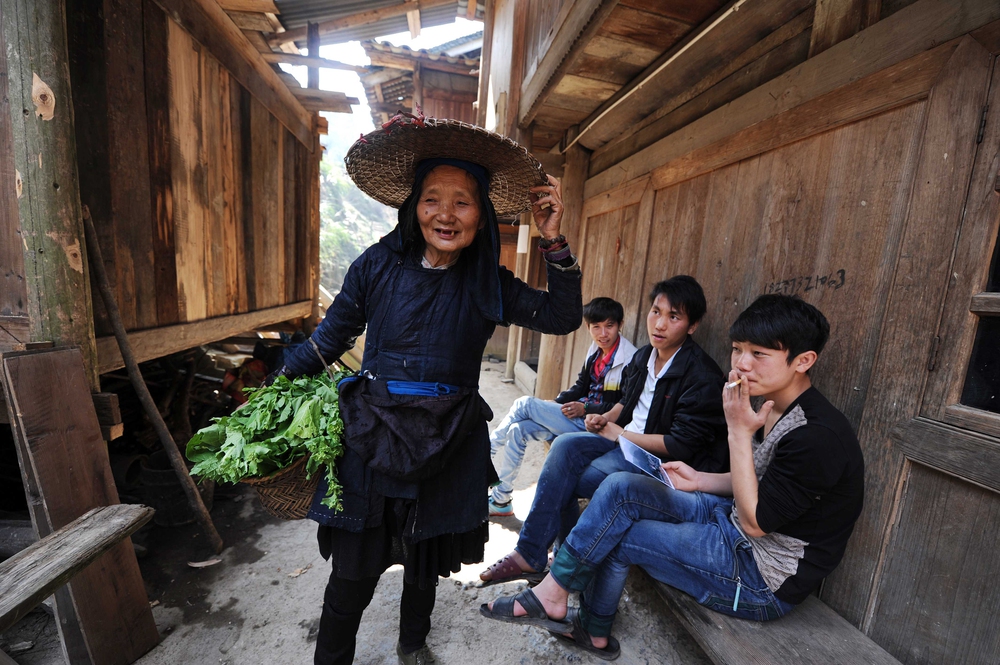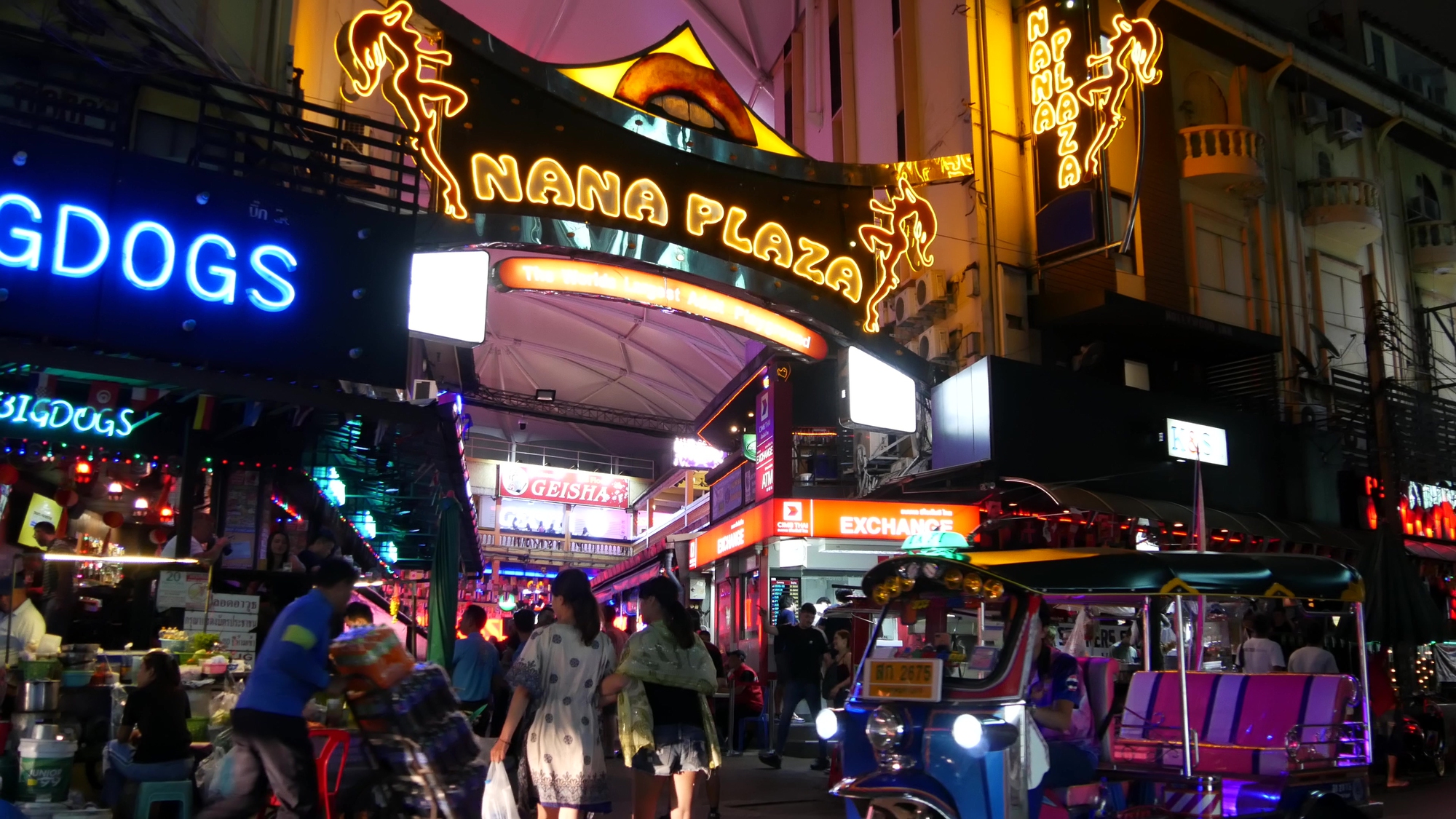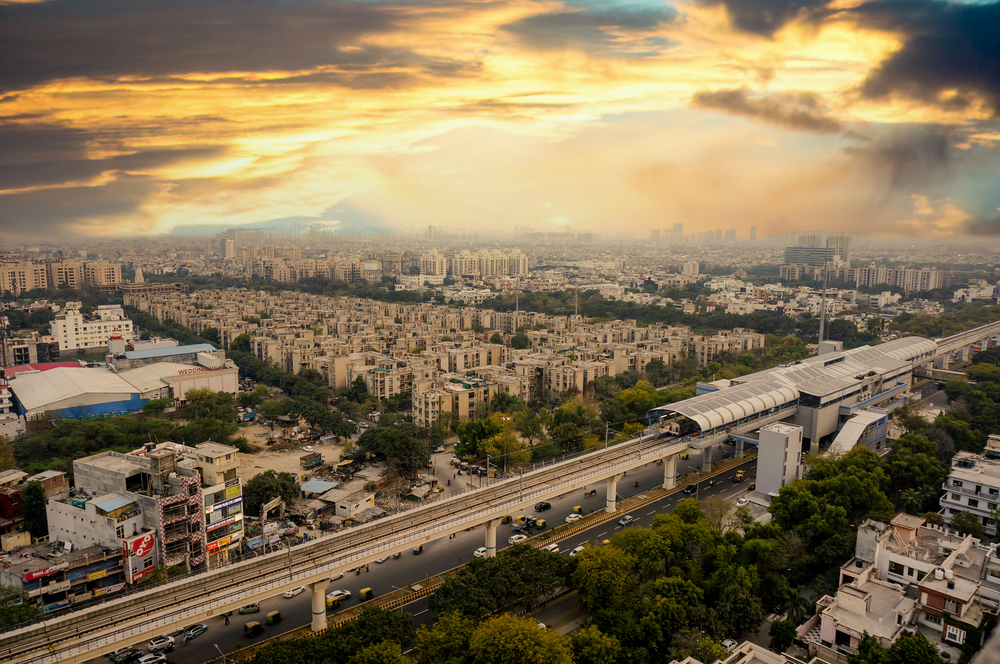South America boasts two legendary cities that often top travelers’ bucket lists. Buenos Aires and Rio de Janeiro—capitals of culture, cuisine, and vibrant street life—represent distinct visions of urban South America. While both cities pulse with energy and passion, the experience of visiting each differs dramatically in ways that catch many travelers off guard.
Here’s a look at 20 unexpected contrasts between these South American giants that go beyond the obvious differences in language.
Urban Landscape

Buenos Aires sprawls across flat terrain in a logical European-style grid with wide avenues, grand plazas, and neighborhoods that blend seamlessly into one another. The city feels walkable despite its size, with architecture reminiscent of Paris or Madrid. Rio, by stark contrast, squeezes dramatically between mountains and sea—its neighborhoods separated by natural barriers of rock and jungle.
This topographical roller coaster creates distinct pockets of urban life that are impossible to navigate in any straight line, with breathtaking vistas around unexpected corners.
Beach Culture

Rio’s beaches function as democratic public living rooms where all social classes mingle on the same golden sands. Cariocas (Rio locals) structure their entire routines around beach life, with distinct sections of Copacabana or Ipanema becoming outdoor community centers complete with regular volleyball games and informal vendors.
Buenos Aires offers riverfront areas along the muddy Río de la Plata, yet nothing comparable to Rio’s beach-centered lifestyle. Porteños (Buenos Aires residents) seeking sand typically travel hours to coastal resorts like Mar del Plata.
Like Travel Pug’s content? Follow us on MSN.
Dining Hours

Prepare for serious schedule adjustments in Buenos Aires, where dinner commonly begins around 10 PM, and restaurants sit eerily empty at 8 PM. Local steakhouses fill with families—including young children—well past midnight, with clubs not hitting their stride until 2 AM.
Rio maintains more conventional eating hours, with dinner typically starting between 7–9 PM. This fundamental rhythm shapes each city’s nightlife completely differently, with Buenos Aires feeling like it barely wakes up when Rio is already hitting full stride.
Personal Safety Perception

While both cities require urban awareness, they present different safety landscapes. Buenos Aires generally offers more predictable, walkable neighborhoods where tourists blend easily with locals, particularly in areas like Palermo and Recoleta. Street crime tends toward opportunistic theft rather than confrontation.
Rio presents a more complex patchwork where upscale neighborhoods might sit directly adjacent to favelas, creating sharper socioeconomic edges. Safety situations change rapidly by block, requiring more local knowledge and greater situational awareness.
Architectural Heritage

Buenos Aires preserved its architectural golden age treasures remarkably well—grand Belle Époque and Art Nouveau buildings line streets with minimal modern interruption in neighborhoods like San Telmo or Recoleta.
The city feels frozen in a European-influenced early 20th-century aesthetic. Rio embraced modernism more aggressively, with iconic mid-century buildings by architects like Oscar Niemeyer creating a more eclectic landscape where colonial Portuguese structures might stand beside daring concrete curves and gleaming skyscrapers.
Like Travel Pug’s content? Follow us on MSN.
Green Spaces

Rio integrates nature into its urban fabric, unlike almost any major city worldwide. Tijuca National Park—the world’s largest urban forest—sits within city limits, while dramatic mountains create green backdrops visible from almost anywhere.
Buenos Aires offers more traditionally designed parks like the expansive Palermo woods, yet it feels definitively urban throughout. The cities represent opposite approaches to nature—Rio was built within natural splendor, while Buenos Aires imposed ordered greenery onto its grid.
Weather Patterns

Buenos Aires experiences distinct seasons, including genuinely chilly winters when porteños bundle up in stylish coats and scarves. Summer heat can be oppressive due to humidity, yet spring and fall offer gloriously moderate temperatures.
Rio maintains tropical warmth year-round, rarely dipping below 70°F even in winter months. Its summer rainstorms arrive with dramatic intensity, often transforming streets into temporary rivers before disappearing just as suddenly, leaving steamy sunshine in their wake.
Cultural Rhythms

Tango permeates Buenos Aires beyond tourist shows—visible in milongas (dance halls), where locals of all ages participate in this serious, passionate dance tradition. The music echoes the city’s nostalgic, sometimes melancholy character.
Rio pulsates to samba and funk carioca—communal, body-positive dance styles focused on celebration rather than technical precision. These fundamental musical differences reflect each city’s emotional temperature: Buenos Aires’s introspective and romantic versus Rio’s exuberant immediacy.
Like Travel Pug’s content? Follow us on MSN.
Café Culture

Buenos Aires boasts historic cafés where patrons linger for hours over single coffee cups, reading newspapers or engaging in intense conversations. These institutions—many over a century old with waiters in formal attire—function as second living rooms for locals who might occupy the same table daily for years.
Rio’s café scene feels more contemporary and transactional, with few historic establishments and a faster pace. Coffee in Rio often means a quick-standing espresso at a corner bar rather than a prolonged social institution.
Fashion Sensibilities

Porteños dress with European-influenced formality—men in tailored shirts even in casual settings, women carefully coordinated regardless of temperature. Showing up underdressed to social gatherings counts as a genuine faux pas. Cariocas embraces a more relaxed tropical aesthetic, where beachwear transitions seamlessly to streetwear.
Havaianas flip-flops prove acceptable in countless settings that would scandalize Buenos Aires fashion sensibilities, and vibrant colors replace Buenos Aires’ more subdued palette.
Language Accessibility

English proficiency varies dramatically between these capitals. Buenos Aires—with its strong European ties and robust educational system—offers relatively widespread English in tourist areas and among younger residents.
Rio presents a more challenging linguistic landscape where Portuguese dominates, and English speakers are less common outside major hotels and tourist zones. This practical difference shapes how easily visitors can engage with locals beyond superficial interactions.
Like Travel Pug’s content? Follow us on MSN.
Public Transport Experience

Buenos Aires operates South America’s oldest subway system—the charming but aging Subte—alongside extensive bus networks that efficiently connect the logical grid layout. Rio relies more heavily on its metro system, which is supplemented by informal transportation options like van services that navigate the challenging topography.
Buenos Aires public transport generally feels more comprehensive but dated, while Rio’s systems, though more limited in reach, include modern touches like subway stations doubling as art galleries.
Indigenous Cultural Influence

Rio maintains stronger visible connections to Brazil’s indigenous heritage through cuisine, language elements, and cultural practices that blend with Portuguese and African influences. Buenos Aires’ cultural identity draws overwhelmingly from its European immigration waves, particularly Italian and Spanish, with indigenous influences less prominently featured in mainstream city life.
This fundamental difference manifests in everything from street food to festival traditions.
Literary Traditions

Buenos Aires breathes literature—bookstores occupy converted historic theaters, and citizens proudly claim one of the highest bookstore-per-capita rates globally. The ghost of Jorge Luis Borges seems present on every street corner of neighborhoods like Palermo.
Rio’s cultural strengths lie more in its musical and visual traditions than literature, with fewer iconic bookstores and literary pilgrimages. This contrast reflects Argentina’s historical emphasis on literary culture versus Brazil’s stronger oral and musical traditions.
Like Travel Pug’s content? Follow us on MSN.
Wildlife Encounters

Visitors express shock at finding marmoset monkeys in Rio’s urban parks, parrots squawking through upscale neighborhoods, and even occasional sloths navigating telephone wires in outlying areas. The city’s proximity to the Atlantic rainforest creates surprising animal encounters within city limits.
Buenos Aires offers more conventional urban wildlife—birds and squirrels rather than tropical species—creating a fundamentally different relationship between city and wildlife.
Religious Expression

Rio’s religious landscape features vibrant public expressions—from the iconic Christ the Redeemer statue to Afro-Brazilian religious ceremonies on beaches during festivals like New Year’s. Religious syncretism visibly shapes public spaces and celebrations.
Buenos Aires presents a more traditionally Catholic environment with beautiful churches that feel distinctly European. Yet, religion generally remains more private and institutionalized rather than spilling into public spaces through festivals and ceremonies.
Coffee Customs

The simple act of ordering coffee reveals cultural divides. Buenos Aires serves coffee European-style—small cups of intense espresso or cortados (espresso “cut” with a small amount of milk) consumed slowly while seated.
Rio embraces cafezinho—tiny cups of intensely sweet, dark coffee often consumed standing at counters in seconds rather than lingering over. These opposing coffee cultures encapsulate broader differences in pace and social customs.
Like Travel Pug’s content? Follow us on MSN.
Cost Fluctuations

Buenos Aires suffers notorious economic volatility, with prices and currency values potentially shifting dramatically during even short visits. Savvy travelers learn to navigate the “blue dollar” exchange system, which might offer rates significantly different from official ones.
Rio maintains more predictable pricing despite inflation, with less extreme currency fluctuations. This economic reality means Buenos Aires can suddenly shift from budget-friendly to expensive depending on macroeconomic conditions outside tourists’ control.
Nightlife Focus

After-dark activities in Buenos Aires center around restaurants, theater, and milongas (tango halls) before transitioning to clubs that rarely hit peak energy before 2 AM. The nightlife focuses heavily on the Palermo and San Telmo districts.
Rio’s nightlife incorporates more outdoor elements—beachfront gatherings, street parties in Lapa, and open-air samba venues where indoor and outdoor spaces blur together. Rio also distributes its nightlife across more diverse neighborhoods, from upscale Leblon to gritty downtown corners.
Relationship with Nature

Cariocas orient their city lives around natural features—planning beach days based on tide tables, discussing which mountain hiking trails offer the best current views, or tracking the habits of neighborhood monkeys.
Nature dictates urban rhythms in ways unimaginable in Buenos Aires, where residents relate to nature more as occasional recreation than daily presence. This fundamental relationship shapes everything from casual conversations to weekend planning.
Like Travel Pug’s content? Follow us on MSN.
The Soul of Two Cities

These differences reflect more than tourist experiences—they reveal the distinct souls of two urban giants. Buenos Aires offers sophisticated nostalgia, European echoes, and cultural depth that reward slow exploration. Rio presents exuberant natural beauty, sensory immediacy, and community spaces that blur social boundaries through shared experiences.
Understanding these contrasts helps travelers approach each city on its terms rather than making direct comparisons. The richest South American itineraries include both cities precisely because they complement rather than duplicate each other—together, they offer a more complete picture of the continent’s urban diversity than either could provide alone.
More from Travel Pug

- Cities Growing so Fast You Won’t Recognize Them in 10 Years
- 13 Destinations Where Tourists Regularly Regret Their Trip
- 20 Obscure WWII Sites Even History Buffs Don’t Know About
- 10 Under-the-Radar Mountain Towns That Are Both Affordable and Beautiful
- Remote Villages in Europe Where You Can Live for Free in Exchange for Work
Like Travel Pug’s content? Follow us on MSN.
